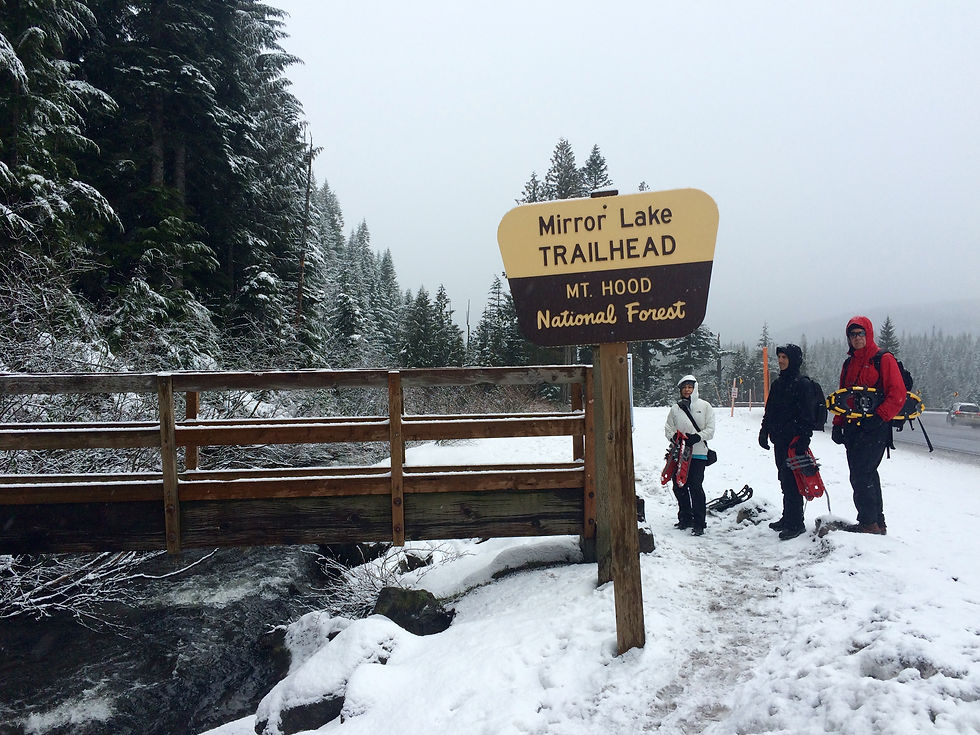Snap, Crackle, Pop. Wait, Is That My Knees?
- Courtney Truax, LMT

- Apr 30, 2024
- 3 min read

You squat down to sit on the floor, you get back up, and you hear crackling noises like a rice crispy. Or maybe you are walking up or down stairs and you hear a popping or clicking noise. Where is that noise coming from?
What you are hearing is your knees, or more specifically, your patella (knee cap), that is usually out of alignment. It is not tracking properly in its joint, causing the noises you are hearing when you bend and straighten your knees. The action is usually not painful, just noisy and may cause you some alarm when you first hear it. Even though it is not painful, you shouldn’t ignore it. Your body is telling you that it is out of alignment and needs fixing. If it does become painful or the knee becomes swollen, see your doctor, as you may have a more serious injury.
How does the knee cap become out of alignment? The most common reason for your patella to be out of alignment is due to an imbalance of your muscles. The main muscles that affect the knee are the Quadriceps, the four major muscles that make up your thighs. Often times, the outside quadriceps, the Vastus Lateralis, are much stronger than the inner quadriceps, the Vastus Medialis. Both attach at either side of the knee area. When one is stronger than the other, it pulls the patella out of alignment, causing the knee to not properly track in the joint, and thus leading to the noises you are hearing. Other muscle imbalances are if your Quadriceps are stronger than your Hamstrings (the 3 main muscles on the back side of your upper leg), or if your IT Band is overly tight, pulling your patella off to the lateral side.
So how do you fix your knee popping and crackling noises? There are two parts to correcting the imbalances. To help correct the muscle imbalances, you need to release and relax the tightened muscles and strengthen the weaker ones. Some of the best forms of releasing and relaxing the stronger and tighter muscles are massaging, stretching, and using a foam roller, and even using a tennis or lacrosse ball to roll on to help break up any adhesions, relax the muscles, and lengthen the muscles.
To strengthen the weaker muscles, you need to focus on the specific muscles that need strengthening. Doing isometric contractions of the quadriceps will help strengthen your Vastus Medialis. You need to focus on strengthening the inner part of your thighs. Leg extensions and leg lifts are both great to try. Leg extensions are easiest to do while sitting up straight in a chair. Extend one of your legs out to be parallel to the floor and point your toes up toward the ceiling. Contract your quadriceps and hold for several seconds before relaxing your legs. Repeat several times before switching to the other leg. Leg extensions are best sitting on the ground with your back against a wall. Sit on the ground, with your back again a wall and your legs stretched out straight in front of you. Flex your feet so your toes are point up the ceiling (at the 12 o’clock position). Contract the quadriceps and try to lift that leg up off the floor an inch and slowly lower it back to the ground. Repeat multiple times, then relax your leg and repeat on the other leg. For more ideas you can check out this page on other at home or in the gym strengthening ideas: http://www.healthline.com/health/fitness-exercise/vastus-medialis-exercises#8
It’s also important to make sure you strengthen your hamstrings to make sure that your quadriceps are not over powering and causing the imbalance there as well. Practicing doing deadlifts and bridge work are both great at this. For bridge work, you may either do static holds in the bridge position, or you may add leg extensions while holding your bridge for added focus on your Vastus Medialis.
In most cases, correcting the imbalance of your muscles will help alleviate the snap, crackle, and popping noises you are hearing whenever you bend and flex at your knees. This may take a few weeks of daily practice of correcting the imbalance before you no longer hear the popping and clicking noises, and it may reoccur again in the future. If you start to feel pain or notice swelling around the knee joints, go to the doctors to check to see if you have a more serious injury that needs to be addressed.





Comments